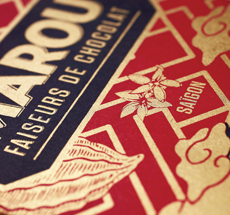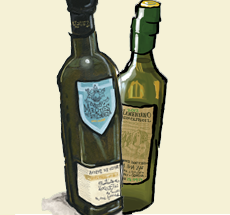
Ari’s Holiday Gift Suggestions pt.10
Ari’s Vietnamese chocolate picks for holiday gifts!
Read more »
Ari’s Vietnamese chocolate picks for holiday gifts!
Read more »
Ari shares his list of five great olive oils! Poggio Lamentano Olive Oil from Tuscany, Marqués de Valdueza from Merida, Desert Miracle Olive Oil from Morocco, Terroir de Marrakech and Planeta Olive Oil from Sicily.
Read more »
Another great suggestion from Ari: Standing Rib Roast at the Zingerman’s Roadhouse!
Read more »
Another great choice from Ari’s 2013 list: Askinosie Dark Chocolate from Tanzania!
Read more »
Another great holiday suggestion from Ari: Ortiz Sardines and Mackerel from Spain
Read more »
More good stuff from Ari’s Holiday Gift list: Paw Paw Gelato from the Creamery!
Read more »
Zingerman’s Art for Sale